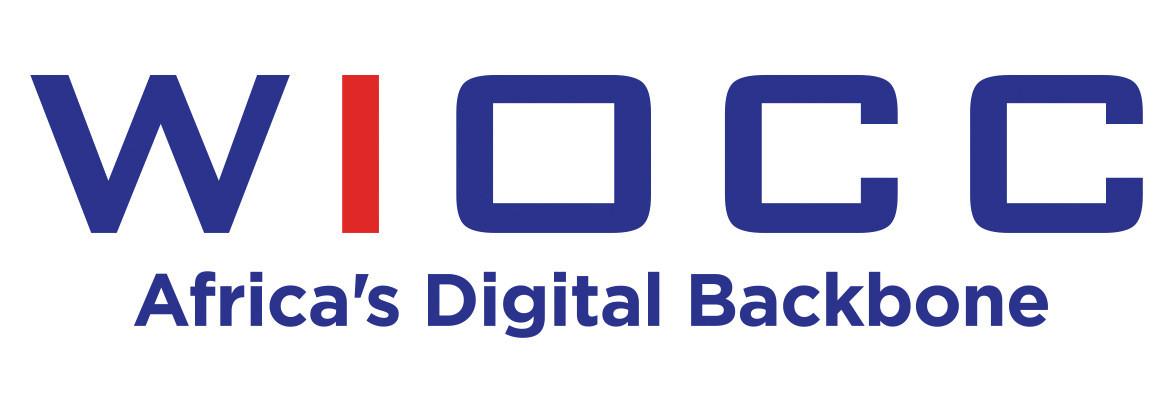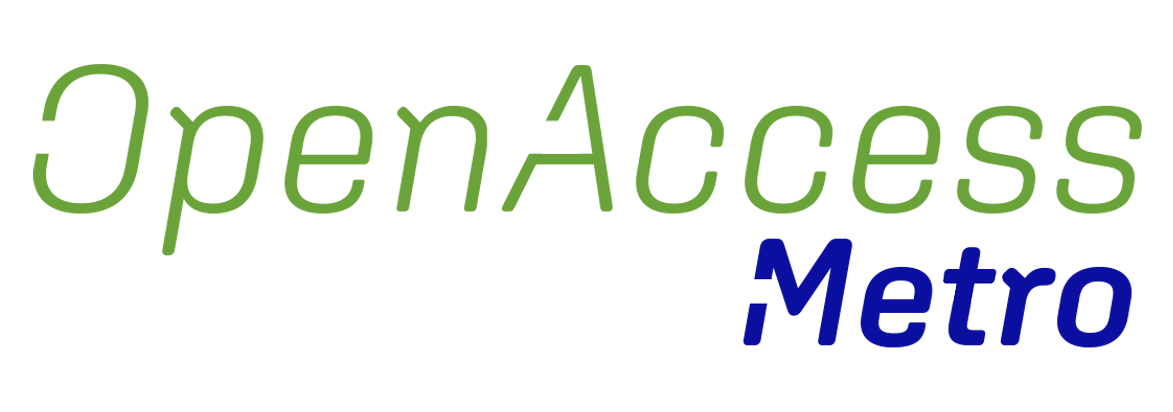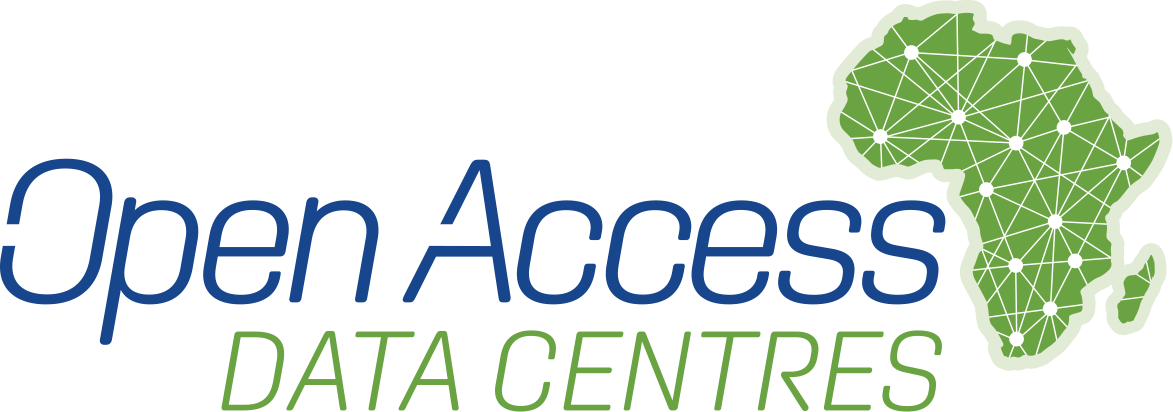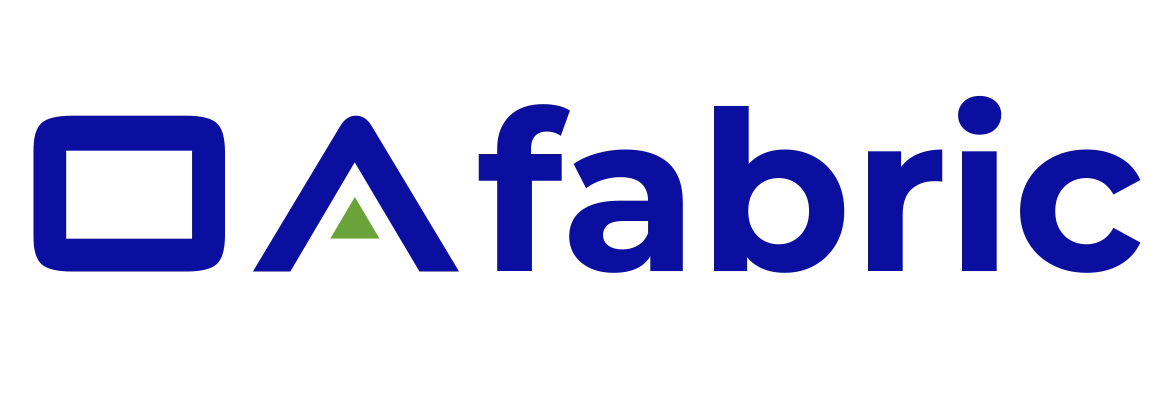Chris Wood, WIOCC Group CEO, on advancing digital infrastructure across the continent
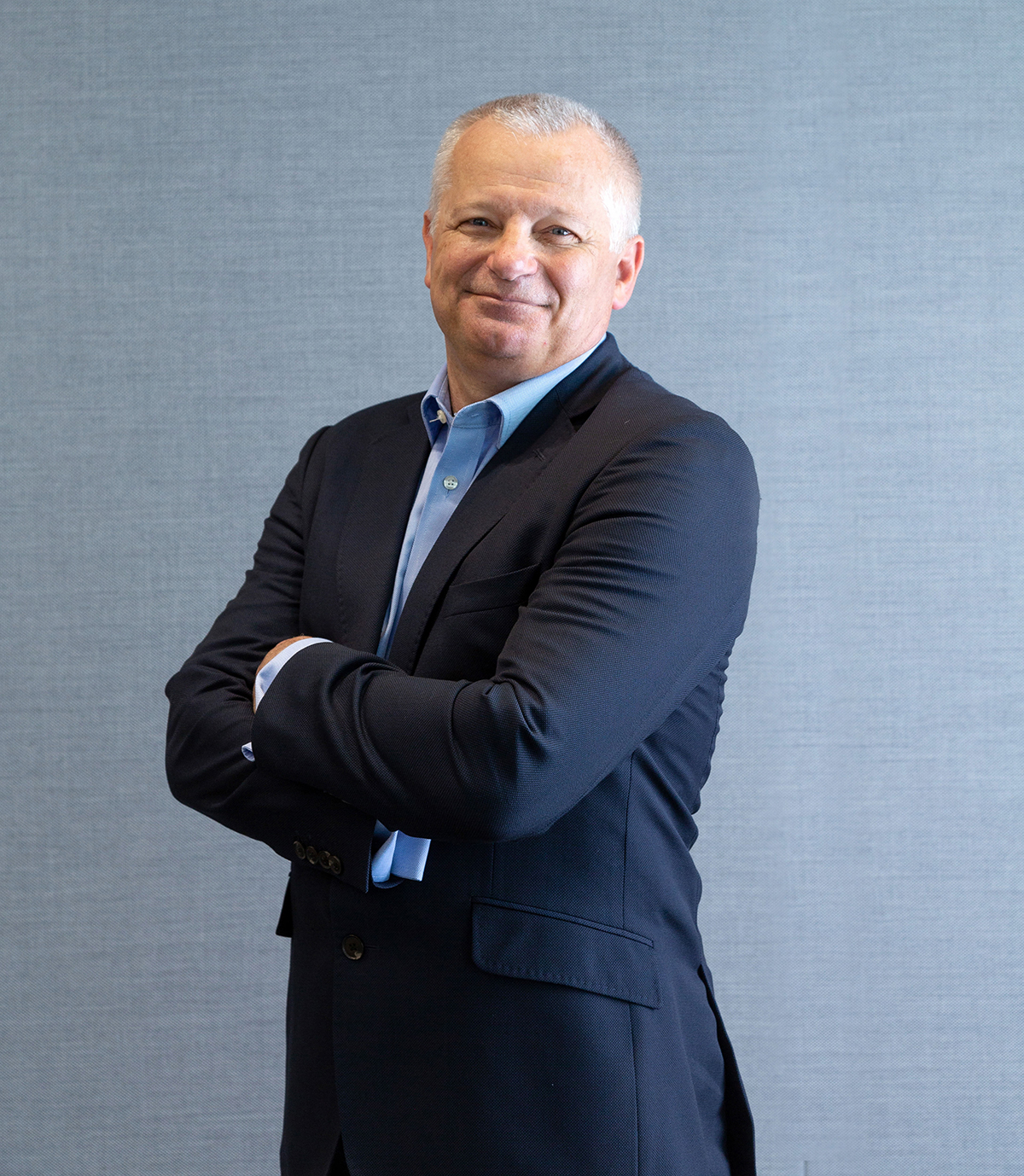
WIOCC has a bold mission… By building a unique digital infrastructure across Africa, it will open up new business and social opportunities for people who were previously disenfranchised. ‘We want to create an environment in which all Africans can avail of world-class technology developments to build better lives, better businesses and a better world,’ says Chris Wood, WIOCC Group CEO.
The group is no stranger to trailblazing in Africa. For example (and among many other acknowledgements and milestones) it designed and built the Eastern Africa Submarine Cable System (EASSy), which won a Submarine Networks World award for the best cable project. It subsequently upgraded EASSy to 40 Gbps technology, and with the establishment of Open Access Data Centres (OADC), it is now able to extend Africa’s territorial network across 55 000 km, connecting more than 500 African locations across 30 nations.
With the introduction of converged open digital infrastructure (CODI), WIOCC has been able to empower cloud operators, content providers, telcos and ISPs to connect via WIOCC’s open-access network from any PoP or carrier-neutral OADC. Using the combination of its OADCs and its connectivity hubs – also known as data centres – WIOCC is again pioneering a path, initially in South Africa, which enables cloud services to be delivered closer to the point of consumption, namely at the point at which services are accessed and used, and data processed. ‘This means user experiences are enhanced and backhaul costs are reduced,’ says Wood.
‘Converging an open digital infrastructure is a proposition that goes way beyond simple connectivity. It enables a radical transformation of digitalisation across Africa, attracting international investment as new global clients avail of the continent’s rapidly developing markets. More importantly, new digital and life-enhancing technologies, services and products can now be delivered to more people with ease, and at a speed that allows providers to extend their reach and improve their performance levels.’
Currently, South Africa and parts of Nigeria, and the forthcoming investment in the DRC, have this capability, drawing from the almost US$18 billion investment WIOCC has made in facilitating and supporting the deployment of CODI across the continent. But it’s been a challenge…
This will expedite the deployment of transformative products, services and technologies across African markets with enormous benefits for all.
‘The first was in matching digital infrastructure to demand,’ says Wood. ‘Africa’s rapid technological advancement has created surging demand for internet connectivity and data services, placing a strain on existing infrastructure. This necessitated WIOCC’s building and maintenance of a reliable and scalable network, which – make no mistake – has been a complex task. We have had to invest in sub-sea and terrestrial cable systems, and data centre construction and operation thereof.’
The second challenge was overcoming the absence of sufficient terrestrial network diversity. ‘This limitation introduced vulnerability in the connectivity landscape, with many routes exhibiting poor reliability. Compounding this issue was the susceptibility of networks to disruptions caused by severe weather events and flooding,’ he says.
A further hindrance was the scarcity of open access networks and data centres. Ideally, and to achieve its vision, WIOCC needed a well-integrated digital ecosystem, but the lack of available open access options and prohibitively high pricing strategies needed addressing. ‘What we required was a more accessible digital infrastructure, and one that was not obstructed by the protectionist stance that prevailed among incumbent operators and other major players. These entities resist open competition, which often impedes the development of a healthy environment that fosters innovation, does not facilitate cost-savings and obviously restricts overall connectivity options.’
WIOCC overcame these challenges, says Wood, by its relentless commitment to innovation and development of strategic partnerships, and a future-proofing strategy.
‘We have to consider how rapid urbanisation is increasing the demand for digital infrastructure and internet connectivity, increasing – in turn – the need for more data centres, specifically, to cater to the higher concentration of people in urban areas. Upgrades and last-mile connectivity are crucial to allow users to adopt transformative digital services such as e-commerce, online banking, and health and education services.’
While the urban environment presents lucrative opportunities for carriers, ISPs, mobile network carriers and businesses, without catering for cybersecurity and data protection the entire ecosystem would collapse. Those requirements include the need for local data storage and processing – which is crucial for data sovereignty; reduced latency; data privacy and compliance; enhanced security; bandwidth optimisation; data accessibility; and support for the local economy.
‘Storing data for clients within country borders ensures that sensitive information is governed by local laws and regulations, and strengthens data sovereignty and protection,’ says Wood.
‘Processing data locally minimises latency, which has been a problem for the effective use of some new applications because of the long distances required getting data from where it is cached to local data centres.
‘OADCs solve this problem to the benefit of real-time applications while simultaneously providing a better user experience. It also helps organisations comply with strict data-privacy laws and, moreover, enhances security by reducing exposure to external cyberthreats.’ Bandwidth optimisation and improved accessibility during disruptions are further advantages of local data storage and processing.
For the more rural and landlocked environments, WIOCC connectivity expansion is realised through strategic partnerships with local telecoms operators.
‘By collaborating with established local players, we can leverage their expertise and market knowledge to navigate the unique challenges of these areas to ensure efficient service delivery,’ he says. ‘Ultimately our capability must ensure a comprehensive, turnkey connectivity solution that presents diverse pathways, incorporates cross-border infrastructure and delivers a streamlined, all-in-one solution.’
The rapid speed at which our core to edge data centres are being built is unlocking GDP growth across African countries
It also means that WIOCC is delivering to previously underserved inland cities and regions, which will advance Africa’s overall socio-economic advancement.
So it is that WIOCC’s OADC is a comprehensive solution. Not only is it innovative and scalable, but its core and data centres extend data storage, processing and content delivery to its networks’ edge. ‘Edge’ is a crucial concept because taking a network to its ‘nth degree supports application performance, allowing critical data to be processed locally while reducing backhaul costs. The rapid speed at which our core to edge data centres are being built is unlocking GDP growth across African countries. Research shows that for every 10% increase in broadband penetration, there is an up to 2.5% increase in GDP’.
The OADC roll-out project, says Wood, is only part-way through the US$500 million-plus multi-year investment programme.
‘What is still to come is the construction and operation of a unique network of world-class, open access, carrier-neutral core, and edge data centres across Africa.
‘We can certainly claim that WIOCC’s OADC is the fastest-growing in Africa, given the deployment of 30 core to edge open access data centres, with more to come early in 2024 in Kinshasa, DRC. We have also identified where a number of OADCs can be further deployed to continue to enable enterprise and wholesale clients to grow quickly and cost-effectively as they tap into their markets more effectively,’ says Wood.
‘This will expedite the deployment of transformative products, services and technologies across African markets with enormous benefits for all, particularly SMEs and tech start-ups.’
These two sectors depend on initiatives aimed at reducing the cost of internet access, such as public-private partnerships, he says, that offer the prospect of pooling resources and expertise to accelerate digital connectivity initiatives and adoption rates.
‘In addition, digital literacy and skills development programmes need to run alongside to empower deeper participation in the digital ecosystem. Fostering local digital content creation and promotion engages users to promote inclusive development. With a comprehensive and inclusive digital strategy, I have no doubt that Africa can bridge the digital divide, foster economic growth, and unlock the vast potential of an interconnected continent.’

